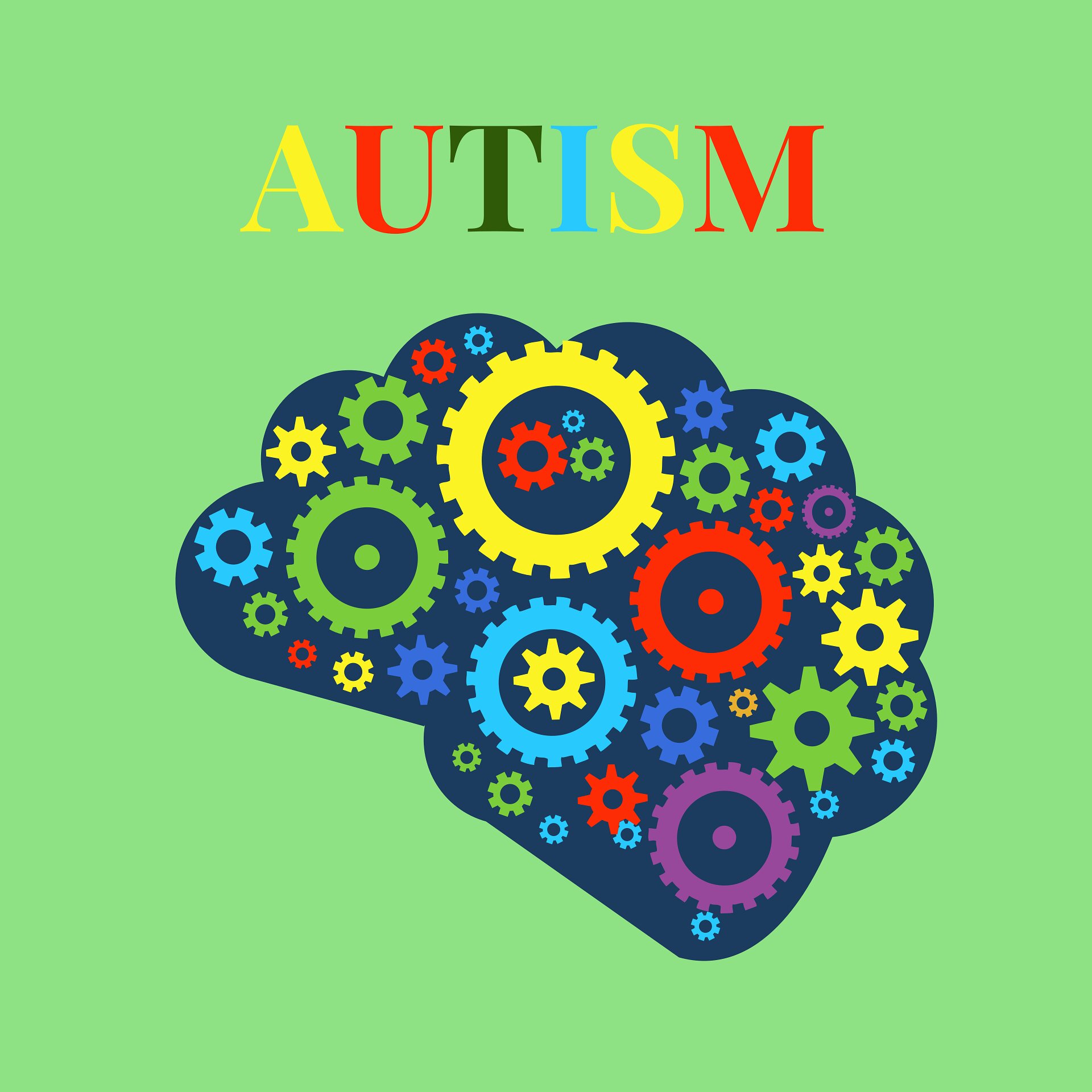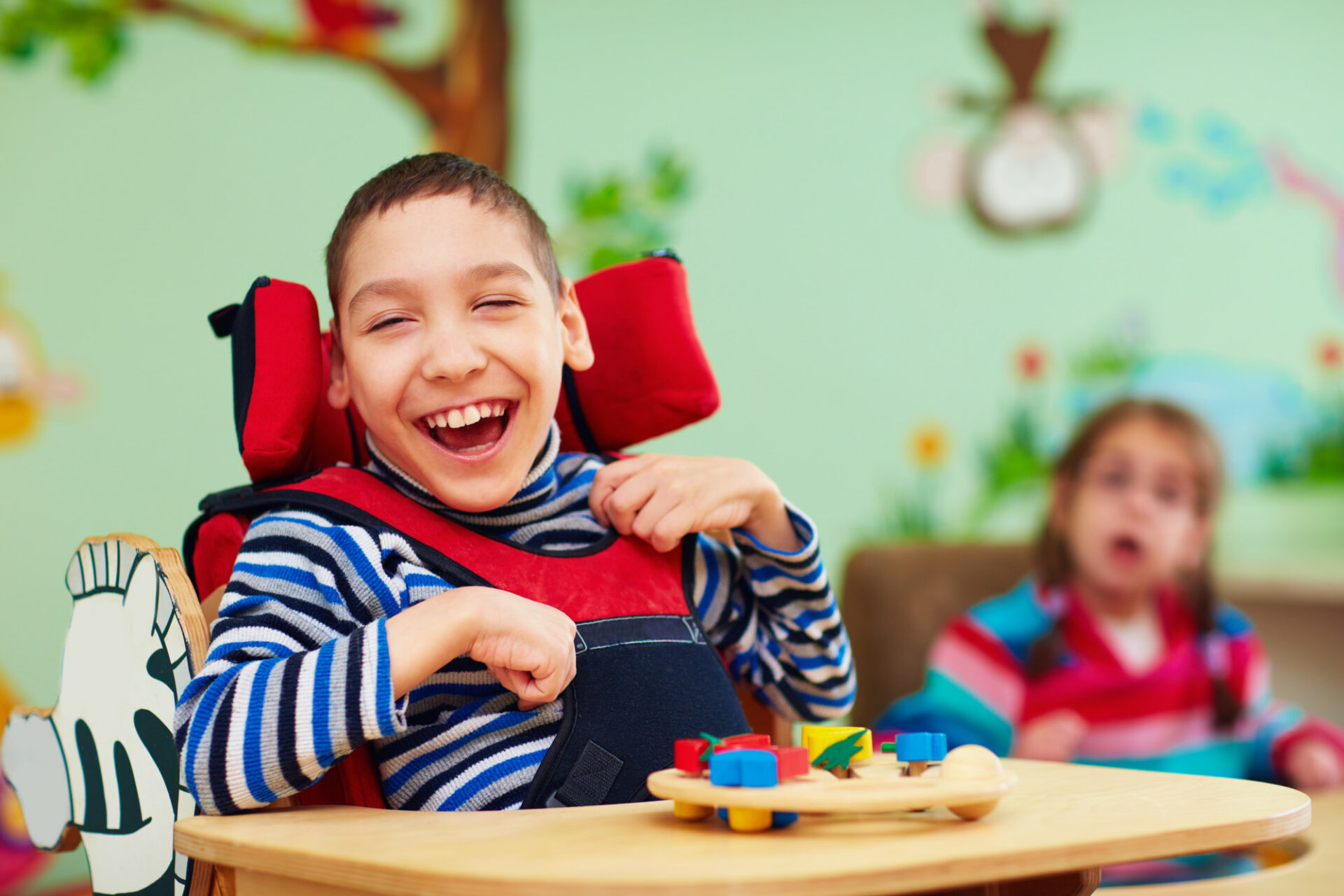Exactly How to Communicate Properly with Liked Ones on the Autism Spectrum
Wiki Article
Exploring Autism: Techniques for Reliable Interaction and Interaction
Effective communication and communication with people on the autism spectrum necessitate an extensive understanding of their distinct needs and preferences. The ins and outs of these strategies reveal additional considerations that merit expedition, specifically in just how they can be adapted to private experiences and varied contexts.Understanding Autism Spectrum Disorder
Autism Spectrum Condition (ASD) encompasses a variety of neurodevelopmental problems defined by obstacles in social interaction, interaction, and recurring actions. The term "spectrum" reflects the varied manifestations and varying levels of extent experienced by people with ASD. While some might display considerable problems, others might present high-functioning traits, permitting greater freedom in daily life.The start of ASD typically occurs in early childhood years, with signs frequently well-known by age two. Very early indicators may consist of delayed speech advancement, restricted eye contact, and troubles in comprehending social hints. Although the specific etiology of ASD remains uncertain, study suggests a combination of hereditary and ecological aspects plays a crucial duty in its growth.
As an outcome, interventions and assistance tailored to individual needs are important for fostering interaction and social abilities. Acknowledging the complexity of ASD is crucial for promoting awareness, acceptance, and reliable methods that assist in significant communications with individuals on the range.

Value of Clear Communication
Efficient interaction is important for promoting understanding and link, specifically for individuals with Autism Spectrum Disorder (ASD) Clear interaction not only promotes social communications however likewise enhances the individual's capability to reveal their ideas, requirements, and feelings. For individuals with ASD, the nuances of language can often be testing; for that reason, making use of distinct and straightforward language is crucial.Additionally, clear communication helps in reducing stress and stress and anxiety that might occur from misconceptions. When messages are communicated in a regular and direct way, people with ASD are better geared up to interpret information properly, which can dramatically improve their social engagement and engagement in different settings.
Developing regimens and using aesthetic assistances can even more boost clear communication. These techniques give individuals with predictable structures that assist comprehension and retention of info. Furthermore, proactively being and paying attention patient during communications advertises an encouraging environment where individuals with ASD feel valued and recognized.
Inevitably, prioritizing clear communication not only empowers individuals with ASD however additionally cultivates more meaningful links with their peers, caregivers, and the larger neighborhood, leading the way for joint relationships and inclusive interactions. - autism
Non-Verbal Interaction Techniques
Communication extends beyond words, and for individuals with Autism Range Disorder (ASD), non-verbal hints play a considerable duty in communications. Non-verbal interaction methods can consist of face expressions, gestures, body movement, and eye call, every one of which offer as essential parts for sharing intentions and feelings.Recognizing and translating these non-verbal signals can improve interactions with individuals with ASD. A cozy smile or open position can create a welcoming atmosphere, encouraging involvement. Using aesthetic help-- such as picture cards or icons-- can connect communication spaces and help share messages a lot more efficiently.
It is also crucial to be get more conscious of personal room, as people with ASD may have various comfort degrees relating to distance. Observing their responses to physical nearness can inform ideal modifications.

Creating Helpful Atmospheres
Creating an encouraging setting is important for fostering favorable interactions and boosting the wellness of people with Autism Range Disorder (ASD) Such settings can dramatically decrease anxiety and develop a sense of safety, permitting individuals to share themselves a lot more freely.To attain this, it is vital to consider sensory sensitivities that people with ASD may experience. Customizing the physical space to include soft lights, minimal history noise, and comfortable seats can create a soothing ambience. Furthermore, utilizing regular routines and clear visual timetables can aid individuals expect changes and decrease unpredictability, more promoting comfort.
Social rooms should be structured to decrease overwhelming stimulations while giving opportunities for involvement in favored tasks. Helping with locations marked for silent time can also serve as a sanctuary throughout minutes of anxiety. Notably, including elements of selection more helpful hints encourages individuals, allowing them to exercise company in their atmosphere.

Urging Social Interactions
Promoting social interactions among people with Autism Spectrum Condition (ASD) calls for intentional approaches that prioritize comfort and engagement. Developing foreseeable routines can aid reduce stress and anxiety, making social setups a lot more approachable. Producing organized environments with defined duties and responsibilities permits individuals to engage without the frustrating stress of disorganized social dynamics.Integrating passions and toughness into social activities can act as a stimulant for interaction. Organizing group tasks around shared hobbies or subjects of fascination can assist in all-natural discussions and links. Furthermore, making use of aesthetic assistances, such as pictorial routines or social manuscripts, can aid in understanding social cues and expectations.
Modeling proper social habits is critical - autism. Peers and grownups need to show reliable communication techniques, including energetic listening and turn-taking. Role-playing circumstances can additionally give a secure room for people to practice these skills
Lastly, fostering peer relationships via comprehensive techniques is necessary. Motivating inclusive playdates or group getaways can develop possibilities for socializing in a comfortable setting. By implementing have a peek at this website these methods, teachers and caregivers can dramatically improve social interactions for people with ASD, advertising their total social advancement and well-being.
Final Thought
In verdict, reliable interaction and interaction methods are essential for supporting people with Autism Spectrum Disorder. Inevitably, these strategies encourage individuals with autism to navigate social landscapes, promoting their total well-being and enabling the growth of lasting partnerships.Efficient communication and communication with individuals on the autism range demand a detailed understanding of their unique demands and choices. Clear interaction not just facilitates social interactions but additionally enhances the individual's ability to reveal their feelings, ideas, and requirements.Promoting social interactions amongst people with Autism Spectrum Condition (ASD) requires intentional approaches that focus on comfort and involvement. By executing these approaches, caregivers and teachers can dramatically boost social interactions for people with ASD, advertising their overall social growth and wellness.
In verdict, reliable interaction and interaction approaches are important for supporting people with Autism Spectrum Disorder.
Report this wiki page